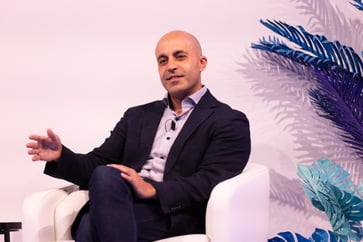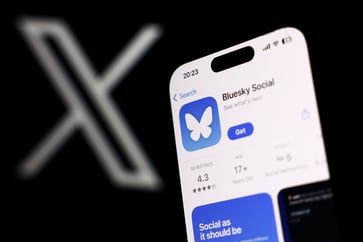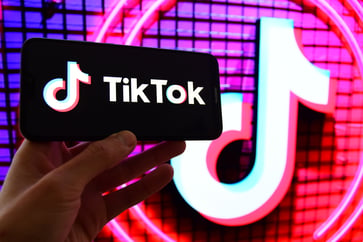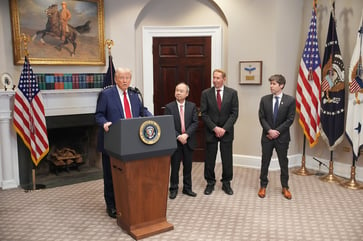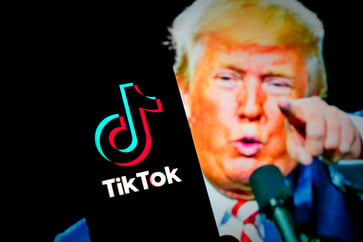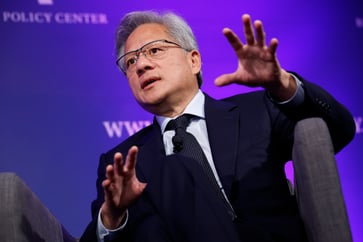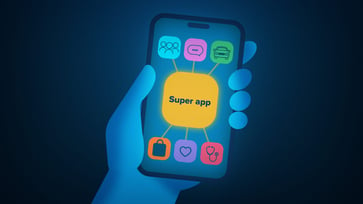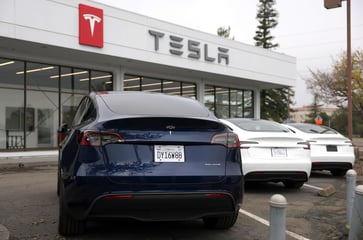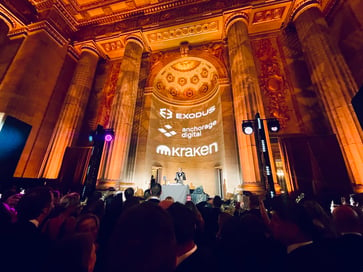The increasing number of job losses in the AI industry may not accurately reflect the situation.
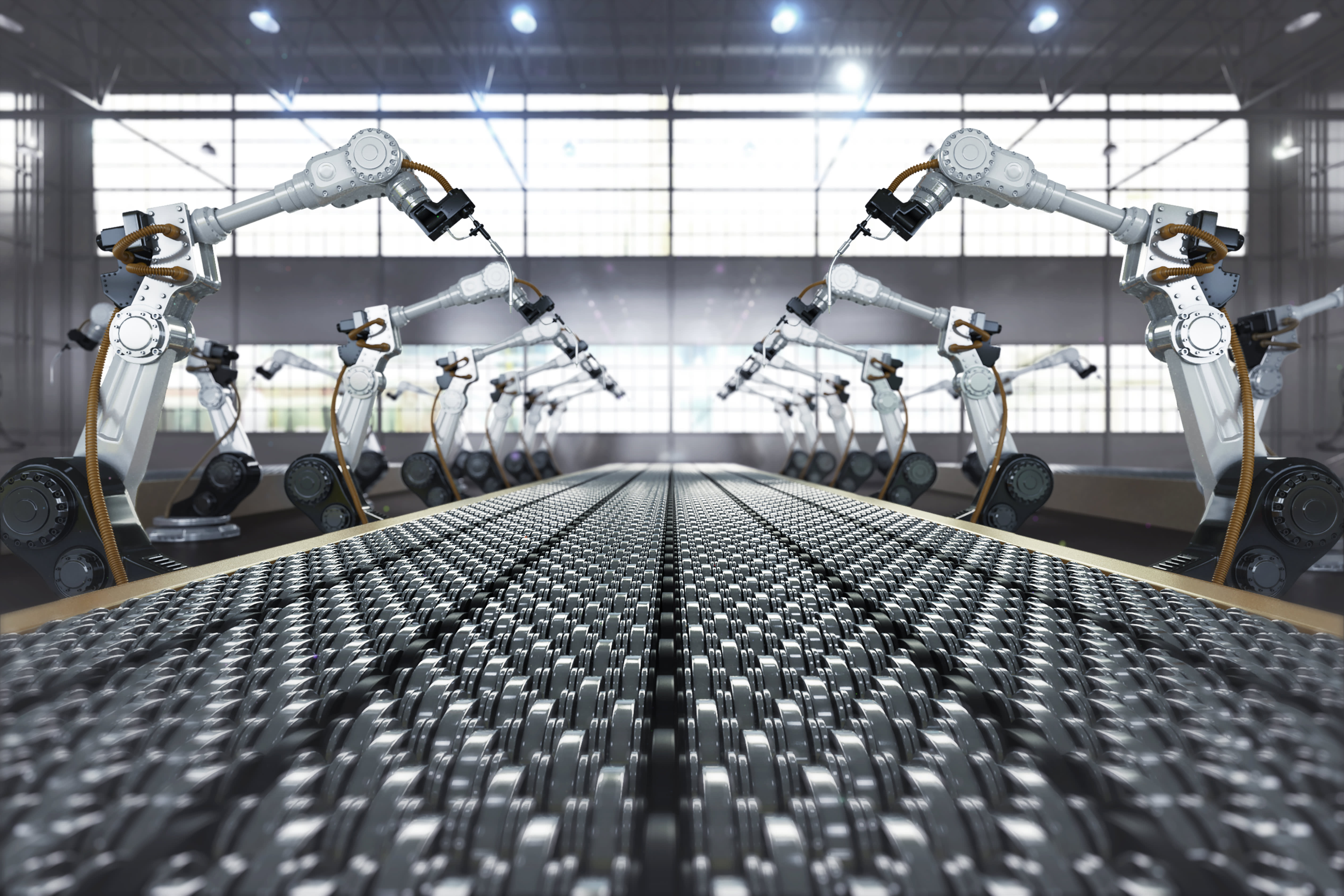
- A recent report from ResumeBuilder indicates that over 37% of business leaders believe that AI has replaced workers in 2023.
- Asana discovered through surveying that 29% of employees' work tasks can be replaced by AI, according to employee statements.
- Although AI may automate tasks such as research and data analysis, companies will still require individuals to prompt the AI, interpret the results, and take action.
Elon Musk believes that artificial intelligence will eventually lead to a situation where "no job is required."
Are there indications that this prediction is already becoming a reality? Headline figures can make it appear that way.
A recent report by ResumeBuilder found that 37% of 750 business leaders using AI in 2023 reported that the technology replaced workers, while 44% predicted layoffs in 2024 due to AI efficiency.
Despite reports of AI-inspired layoffs, many experts disagree with Musk's perspective.
Julia Toothacre, a resume and career strategist at ResumeBuilder, acknowledges that the research findings may not accurately represent the entire business landscape. "Many traditional organizations and small businesses still lag behind in adopting technology as some larger companies do," she stated.
While layoffs are a reality, AI technology is allowing business leaders to reshape and reclassify the roles we perform.
Alex Hood, the chief product officer at Asana, a project management and collaboration software company, estimates that half of our work time is spent on tasks that he calls "work about work." This includes status updates, cross-departmental communication, and other activities that do not contribute to the core purpose of our work.
Hood stated that if AI can reduce something, it could be a great unlock.
The statistics indicating AI-induced layoffs may reflect fear rather than reality, according to him.
Marc Cenedella, founder of Leet Resumes and Ladders, believes that with AI handling task-based work, humans can focus on higher-value tasks. He predicts that this shift will benefit the entire economy by allowing workers to focus on tasks such as integrating, structuring, or defining the work. Cenedella compares this change to the mid-century office culture, where there were entire floors of typists, which were eliminated by the efficiency of word processors.
White-collar work and ‘human-centered’ AI
As per Asana's State of AI at Work 2023 report, 29% of employees' work tasks can be automated by AI. However, Asana promotes "human-centered AI," which aims to improve human skills and collaboration rather than replace people entirely. The more people understand human-centered AI, the more they believe it will positively impact their work, the report suggests.
The United Nations reports that white-collar and clerical workers make up between 19.6% and 30.4% of all employed individuals worldwide. Over time, analytical and communication tools have transformed knowledge work, and generative AI should be viewed as the latest addition to this ongoing evolution.
The global population still lacks internet access for 34%, so any discussion about AI's impact on layoffs and work restructuring must also address the digital divide.
A worker’s personal responsibility and AI tinkering
To avoid redundancy in an AI-fueled work environment, professionals should take certain steps.
Cenedella emphasizes that modern white-collar professionals must bear a high level of personal responsibility. He stated, "As part of your job, you must continuously develop new skills. Learning software five years ago is not sufficient; you must learn new software today."
Although AI automation may replace certain tasks such as research and data analysis, companies will still require individuals to initiate the AI, interpret the results, and implement the necessary actions.
Toothacre advised, "It's crucial to comprehend how AI may influence your job in your industry currently." This way, you can anticipate potential changes and avoid being caught off guard.
Cenedella acknowledges that business leaders have an expectation to help employees develop their skills while working at the company. He believes that companies that invest in employee development will be better positioned to stay ahead of those that do not.
Despite being a leader in developing collaboration and project management solutions using AI, Hood still experiments with his own products. Before a team member's upcoming performance review, Hood tried out AI's ability to summarize his collaboration with the team member.
Hood's AI-generated list of shared interests, assignments, feedback, and relationship characterization based on messages sent to each other showcases what AI tinkering entails.
"Employers should allow individuals to experiment with AI and understand its capabilities through individual experimentation in order to learn what is possible," Hood advised.
As AI technology advances, there is no evidence that it will lead to widespread unemployment. Instead, history shows that the workforce can adapt to new technologies and become more productive. Cenedella believes that increased technological capacity can lead to higher value work, which future generations of AI will likely be able to handle.

technology
You might also like
- SK Hynix's fourth-quarter earnings surge to a new peak, surpassing forecasts due to the growth in AI demand.
- Microsoft's business development chief, Chris Young, has resigned.
- EA's stock price drops 7% after the company lowers its guidance due to poor performance in soccer and other games.
- Jim Breyer, an early Facebook investor, states that Mark Zuckerberg has been rejuvenated by Meta's focus on artificial intelligence.
- Many companies' AI implementation projects lack intelligence.

